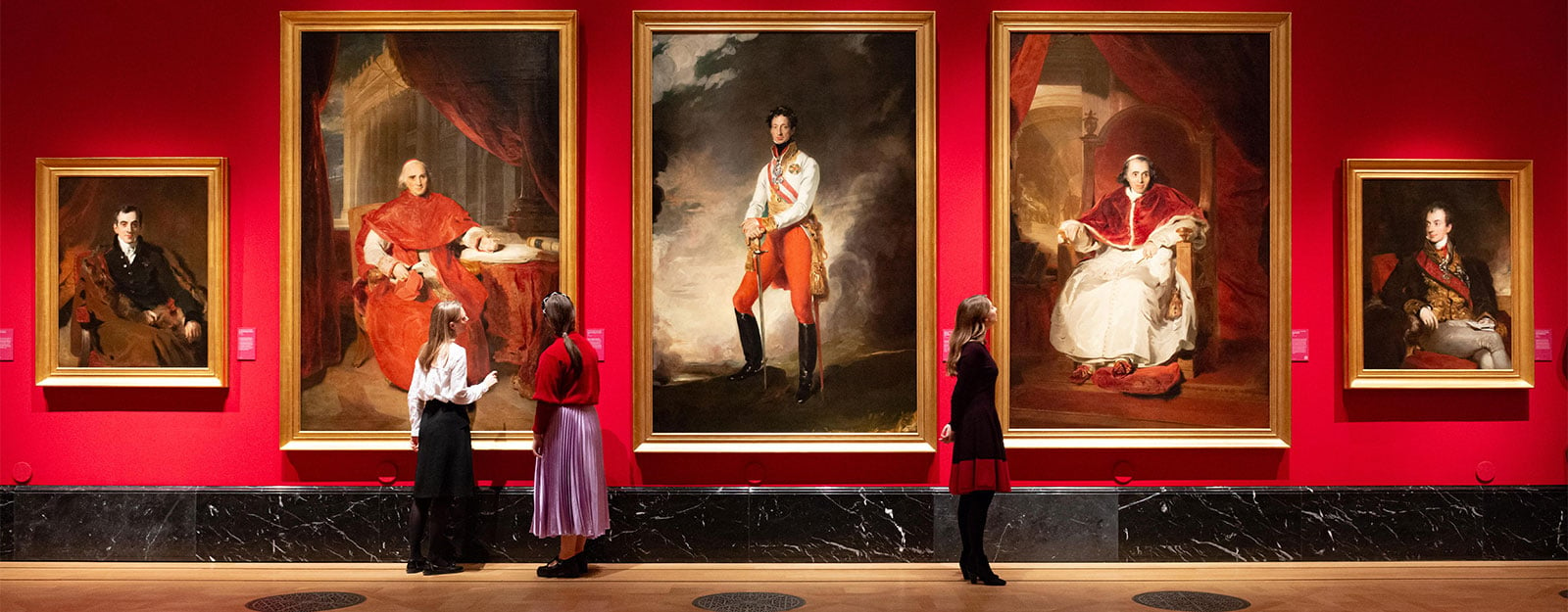
About the Collection
Learn more about the Royal Collection, one of the most important art collections in the world.
Ceramics
Mary II, who reigned jointly with William III, was the first monarch to take a serious interest in ceramics. She imported quantities of oriental wares and commissioned spectacular blue-and-white flower vases from Delft in Holland, which are now on display at Hampton Court Palace.
The fledgling porcelain industry in England was encouraged by George III, who commissioned the magnificent Mecklenburg service from the Chelsea factory as a gift to his brother-in-law. His consort, Queen Charlotte, supported the work of Josiah Wedgwood and his experiments in forms of earthenware. Wedgwood named his ‘Queen’s Ware’ in her honour.
The factories at Worcester and Staffordshire were visited by both George IV and William IV, the latter ordering the famous dessert service from the Rockingham Works. The Minton factory, which dominated the production of porcelain in the 19th century, was heavily supported by Queen Victoria and Prince Albert, and their encaustic tiles can be seen in the Grand Corridor at Osborne.
Thanks to George IV’s enthusiasm for Sèvres, the Royal Collection contains the world’s greatest collection of works by the French porcelain factory. Among the finest pieces are the pot-pourri vase in the form of a ship and the Table of the Great Commanders, both on display in Buckingham Palace’s State Rooms.









